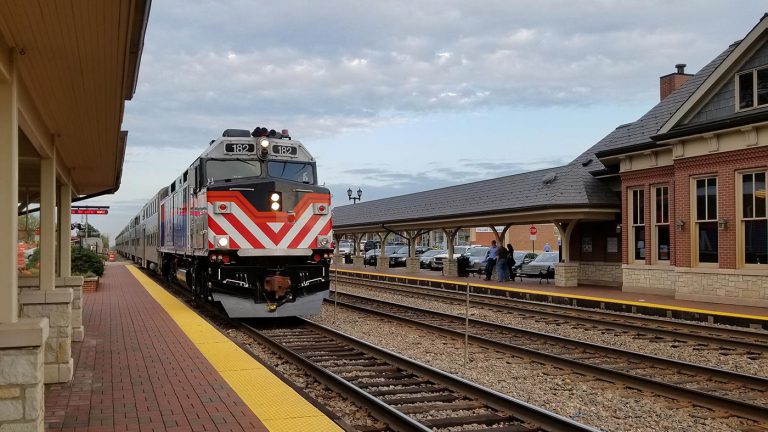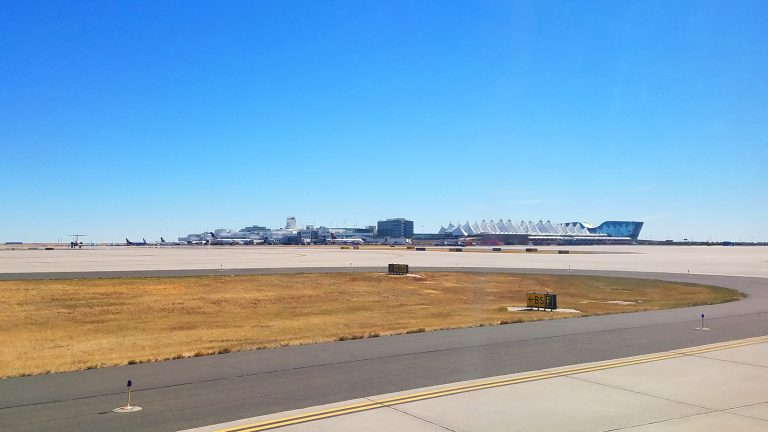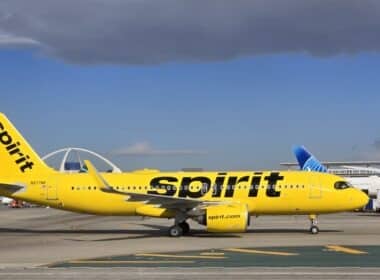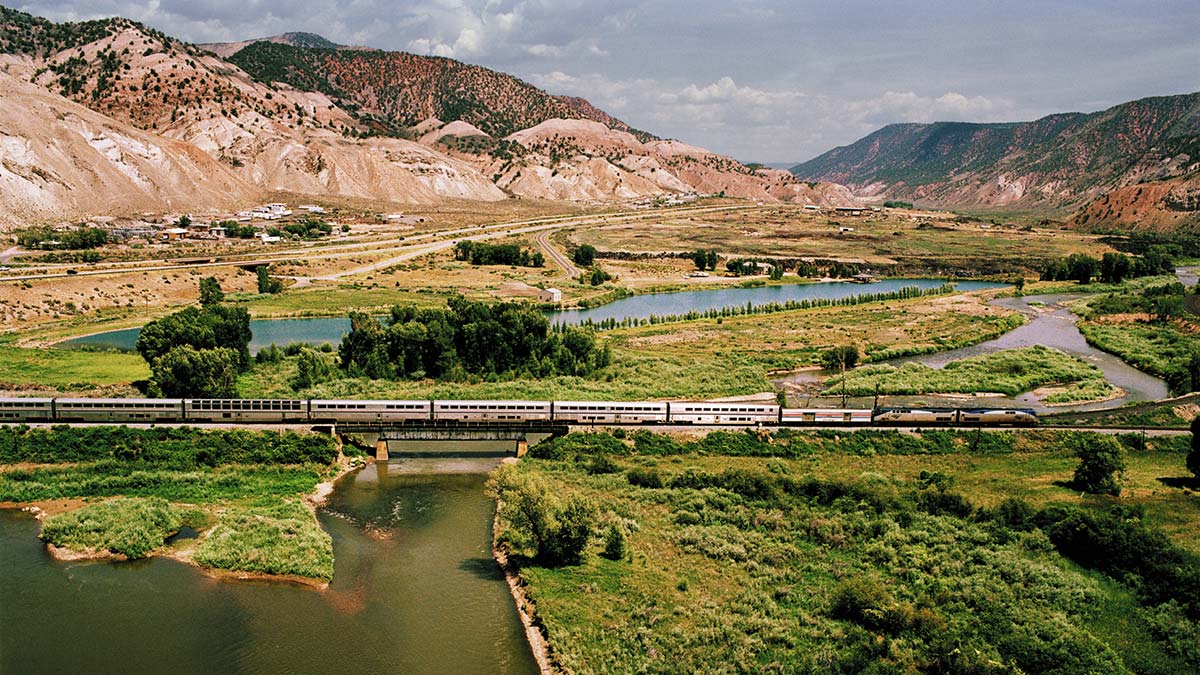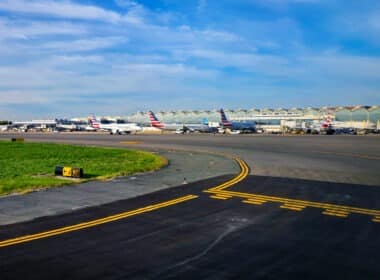Following months of preparation and outreach, construction to integrate new light rail to the Eastside into the existing system begins. During the 10 weeks of Connect 2020 construction, riders are encouraged to prepare for service disruptions, including less frequent trains and a downtown transfer.
“Connect 2020 will prepare our light rail system to grow dramatically but will require riders to allow more time and bring their patience,” said University Place Mayor Kent Keel, chair of the Sound Transit Board. “We thank our riders for bearing with the pain of progress as our construction prepares to greatly expand their travel options.”
On the first full rush hour of the year, January 6, and continuing through March 13, Link service will run every 12 minutes in each direction, and passengers traveling through downtown will need to make a transfer via a new center platform at Pioneer Square. For safety, bikes will not be allowed at the Pioneer Square station. Passengers with bikes must exit at University Street or International District/Chinatown.
To make it easier for bike commuters to keep their bikes off the system, Sound Transit is installing new on-demand BikeLink lockers at the Rainier Beach, SODO and University of Washington stations. Cards to access the lockers are available at Bike Link.
Throughout the Connect 2020 period of light rail service impacts passengers should:
- Allow extra time, at least 30 minutes, especially the first week. Trains will run every 12 minutes and will be crowded.
- Pay attention to signage and direction from Sound Transit staff ambassadors. Boarding platforms and station entrances will change through the duration of this project.
- Sign up for Rider Alerts and visit Connect 2020 for more information.
Two additional weekend light rail closures are planned for Feb. 8–9 and March 14–15.
When Connect 2020 construction is complete, the existing tunnel will be connected to East Link in preparation for 2023 when light rail expands to 10 new East King County stations.
Connect 2020 is another phase of the “Seattle Squeeze” (see below). Sound Transit and partner agencies are working together closely during this period to keep people moving. Sound Transit’s commitment over the next five years is to complete light rail extensions that will more than double the reach of current service, expanding congestion-free commuting options for thousands of new riders each day.
Managing the ‘Seattle Squeeze’
As the “Seattle Squeeze” continues over the next five years, Seattle’s downtown will continue to undergo transitions to meet the needs of a growing city. Regional transportation partners including the City of Seattle, the Washington State Department of Transportation, King County Metro, Sound Transit and the Port of Seattle are all working together to keep people and goods moving safely to and through downtown.
The latest developments in the Seattle Squeeze began this past fall with the demolition of the Alaskan Way Viaduct and the construction of the new waterfront continuing to change travel behavior. Increased King County Metro Transit service began September 21, adding transit trips during the shoulder peak periods, and Sound Transit closed light rail downtown for two weekends in October to prepare for Connect 2020. Also, WSDOT began tolling the SR 99 tunnel again altering how people travel to and through downtown. Learn more about the Seattle Squeeze at www.seattle.gov/traffic.





